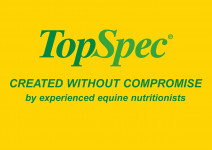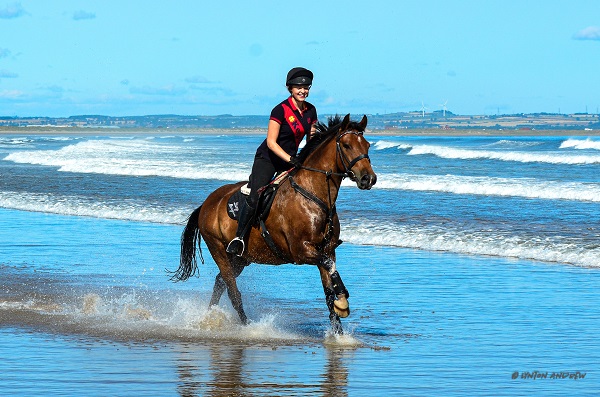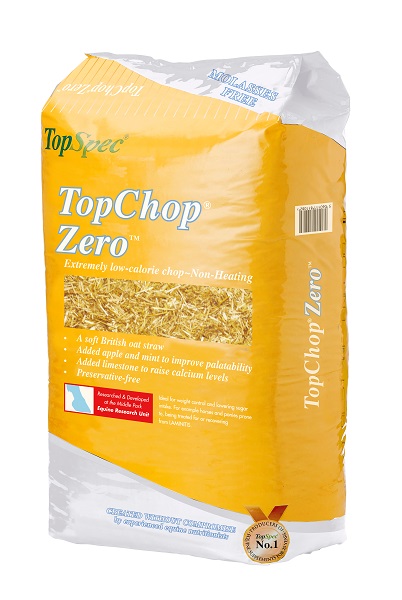Posted: 1st June 2020 | Back to news feed

It has been a difficult spring for everyone, with horse owners and yard managers needing to adapt to the unprecedented circumstances that Covid-19 forced upon us. Advice on watching the weight of horses and ponies has never been more relevant, and presented such a challenge, to so many.
The good news is that you are not alone if you struggle with your horse or pony’s weight and there are solutions to help.

Does this affect your horse?
Workload has reduced significantly for many since March, or even stopped completely for a while, and this can have a huge impact on any horse or pony’s condition. Being able to adapt regimes, for example to restrict access to fast-growing grass, has not been easy to achieve in all situations. Both of these factors have led to an increased number of horses and ponies approaching the summer overweight.
Good-doers, e.g. native ponies, are certainly more affected but whatever the breed or type you own, it is important not to be complacent, particularly if their routine has altered.
What’s the problem?
One of the most significant issues for overweight horses and ponies is the increased risk of laminitis. This is often be associated with hormonal dysfunction, such as Insulin Dysregulation (ID)/ Equine Metabolic Syndrome (EMS). A reduction in workload doesn’t help, as exercise can improve insulin sensitivity.
The strain on feet, limbs and joints is also greater when bodyweight is excessive, so managing joint problems such as arthritis can be more difficult. It can even affect the development of young, growing horses resulting in Developmental Orthopaedic Disease (DOD).
What can be done to help?
The starting point for any feed regime should always be forage, and that includes horses and ponies that are overweight or prone to weight gain. Despite the need for a restricted diet, it is important that sufficient dietary fibre sources are available to maintain a healthy digestive system and hindgut microbial balance. No less than 1.5% bodyweight (total dry weight of forage) should be consumed over a 24hour period and a horse or pony should not stand for longer than 4 to 6 hours without forage.
Turnout time has increased for most horses and ponies; improved weather and field conditions have contributed to this and would usually occur at this time of year anyway, but livery yard rules for reducing contact with others, or trying to avoid boredom whilst workload has reduced, has also affected normal management.
The grass available has a big impact on condition and grazing may need to be restricted. The best way to do this will depend on the facilities available but options include mixed grazing (e.g. with sheep), using a grazing muzzle, use of a bare paddock/ ‘sacrifice paddock’ or strip grazing.
When stabled, or in a ‘sacrifice paddock,’ a low sugar, low calorie conserved forage should be used. Late-cut meadow hay is usually the most suitable option but may require soaking for between 3 and 12 hours in ample, cool, fresh water to reduce its sugar and calorie content. Using haynets with small holes is useful for horses to slow their consumption.
Some hay can be partially replaced by an exceptionally low calorie, chopped straw to extend forage availability and lower calorie intake without reducing fibre intake.
Can hard feeds be stopped?
This question is not uncommon as horse owners become desperate to minimise calories in any way they can. Products supplying additional calories are certainly not needed for most good-doers but supplementation is required to balance the diet for vitamins, minerals, trace elements and possibly amino acids. The problem with feeding a powdered supplement is that it needs to be mixed with at least 1Stubbs scoop of chop before feeding and that 3-400g of chop may contribute a similar amount of calories to 250-500g of a Lite feed balancer.
So the ideal and quick solution is to feed an appropriate top specification ‘lite’ feed balancer or pelleted multi-supplement. These will provide the micronutrients required but with minimal calories.
To decide on the best summer diet plan for your own horse or pony, we recommend speaking to an experienced equine nutritionist.
Article supplied by nutritionists from the TopSpec Multiple Award-Winning-Helpline. They can be contacted, free of charge, on 01845-565030.
The Equestrian Index newsfeed is compiled from articles submitted by advertising members and expresses the opinions of those members. Watsons Directories Ltd shall not be held liable for any inaccuracies or mis-statements therein.